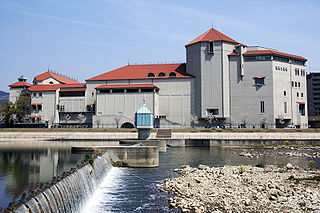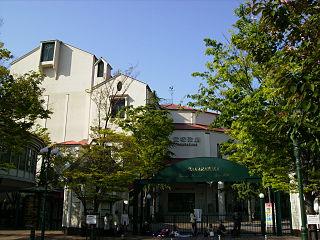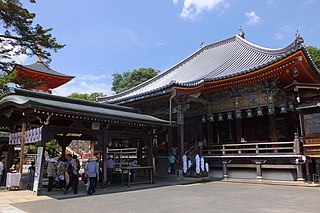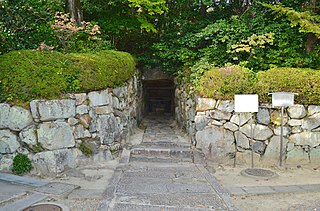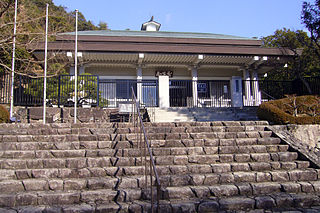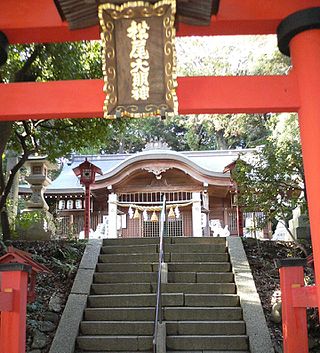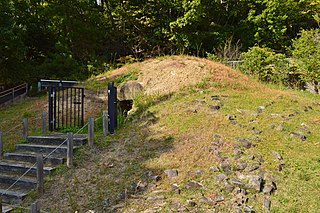8 Sights in Takarazuka, Japan (with Map and Images)
Legend
Welcome to your journey through the most beautiful sights in Takarazuka, Japan! Whether you want to discover the city's historical treasures or experience its modern highlights, you'll find everything your heart desires here. Be inspired by our selection and plan your unforgettable adventure in Takarazuka. Dive into the diversity of this fascinating city and discover everything it has to offer.
Sightseeing Tours in Takarazuka1. Takarazuka Grand Theatre
The Takarazuka Grand Theater is a theater located in Takarazuka, Hyōgo, Japan. It is the home theater of the Takarazuka Revue, an all-female theater troupe established in 1913. The Grand Theater opened in 1924 and was rebuilt in 1993; the two iterations of the structure are occasionally distinguished as the "Old Takarazuka Grand Theater" and the "New Takarazuka Grand Theater" . The theater is adjacent to Takarazuka Bow Hall , a smaller theater also operated by the Takarazuka Revue.
2. Takarazuka Bow Hall
Takarazuka Bau Hall (Takarazuka Bau Hall) is a theater located in Sakaemachi, Takarazuka City, Hyogo Prefecture, Japan. It is operated by Hankyu Electric Railway and the Takarazuka Revue Company holds small-scale performances. It has 526 seats.
3. Nakayamadera temple
Nakayama-dera is a Buddhist temple in Takarazuka, Hyōgo, Japan established in the 6th century. It is the 24th temple in the Saigoku Kannon Pilgrimage. It is one of the most popular temples in the region.
4. Kiyoshi-kojin Seicho-ji Temple
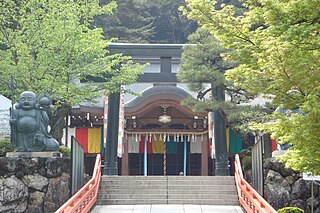
Kiyoshikōjin Seichō-ji (清荒神清澄寺) is a Shingon Buddhist temple in Takarazuka, Hyōgo, Japan. It is one of the typical type of mixture of Shinto and Buddhism temples in Japan, and temple's name has two Chinese letters of two religions in Japan together, 'Jin'(神) of Shinto and 'Ji'(寺) of Buddhism. This type of mixture of two religions, called 'Shinbutsu shugo'(神仏習合) was very common among Japanese temples or shrines until the Edo period, but the two religions were formally and forcedly separated by Meiji Government in the last half of the 19th century. In this sense, this temple is a good example that still preserves Japanese religious traditions before modernization.
5. 中山寺古墳
The Shiratorizuka Kofun or Nakasenji Kofun is an ancient burial mound located at Nakasenji Temple in Takarazuka City, Hyogo Prefecture, Japan. It is designated as a designated historic site in Hyogo Prefecture (the designated name is "Nakasenji Kofun").
6. Tessai Museum
The Tetsusai Art Museum is an art museum located within the grounds of Seirakujin Seisouji Temple in Takarazuka City, Hyogo Prefecture. It opened in April 1975. This private museum was established with the aim of widely exhibiting the collection of the Southern-style painter Tetsusai Tomioka, which was gathered by the 37th head priest, Kojo Sakamoto, and is owned by Seirakujin Seisouji Temple.
7. 松尾神社
Matsuo Shrine is a shrine located in Yamamoto, Takarazuka City, Hyogo Prefecture, Japan. Locally called "Higashi no Miya-san", it is a soil god of Yamamoto Village, former Kawabe District, along with the Tenma Shrine in the west. The annual festival is co-sponsored with Tenma Shrine and the Danjiri Festival is held.
8. 中山荘園古墳
Nakayamasōen Kofun (中山荘園古墳) is an Asuka period burial mound, located in the Nakayamasōen neighborhood of the city of Takarazuka, Hyōgo in the Kansai region of Japan. The tumulus was designated a National Historic Site of Japan in 1999.
Share
How likely are you to recommend us?
Disclaimer Please be aware of your surroundings and do not enter private property. We are not liable for any damages that occur during the tours.
